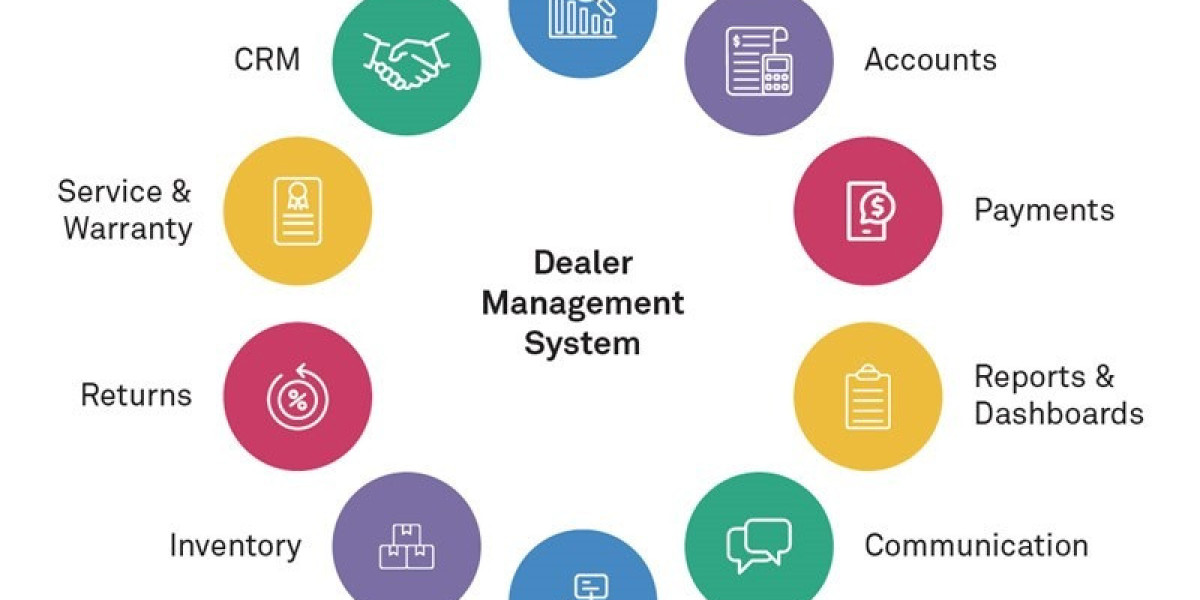The competitive landscape that defines the Dealer Management System Market Share is a fascinating, and for decades, a famously entrenched arena, traditionally dominated by a small number of powerful incumbents, but now facing a significant wave of disruption from new, cloud-native challengers. This is a market where deep industry knowledge, extensive OEM integrations, and high customer switching costs have historically created a formidable barrier to entry. The distribution of market share is a tale of a long-standing duopoly in certain key regions, particularly in the North American automotive sector, and a more fragmented landscape in other geographical markets and equipment verticals. The ongoing battle for market leadership is a high-stakes affair, fought on the battlegrounds of technological innovation, data accessibility (open APIs), user experience, and the ability to support the dealership of the future. Understanding how this market share is allocated among the legacy giants and the agile newcomers is crucial to comprehending the strategic shifts that are currently reshaping the foundational technology of retail automotive and equipment sales worldwide, with billions of dollars in recurring revenue at stake.
A substantial portion of the global automotive DMS market share, especially in North America, has been historically consolidated between two behemoths: CDK Global and Reynolds and Reynolds. These companies have built their empires over decades, establishing deeply embedded relationships with tens of thousands of dealerships and forging critical, certified integration pathways with all major automotive OEMs. Their market dominance is a function of their comprehensive, end-to-end product suites that cover every conceivable dealership function, and the significant "stickiness" of their platforms. For a dealership, switching a DMS is akin to a corporate root canal—it is a complex, expensive, and highly disruptive process, which has historically led to extremely low customer churn for these incumbents. They have leveraged this strong position to defend their market share, often through long-term contracts and by acquiring smaller competitors. However, this established order, which also includes other significant players like Cox Automotive (with its Dealertrack DMS), is now facing its most significant challenge in a generation, a challenge that is beginning to reshape the traditional allocation of market share.
The primary disruptive force altering the market share dynamics is the rise of modern, cloud-native, and API-first DMS platforms. A new generation of vendors, most notably Tekion with its AI-powered, end-to-end cloud platform, is making a significant push to capture market share from the legacy players. These newcomers are building their platforms on modern technology stacks, offering a more intuitive, consumer-grade user experience for dealership employees, and, most importantly, providing open APIs. This "openness" is a critical differentiator, as it allows dealerships to more easily integrate their DMS with a wide range of other third-party software solutions, breaking free from the "walled garden" approach of the traditional vendors. This is creating a significant shift in the market, with a growing number of progressive dealers and large dealer groups opting for these more flexible and modern platforms. The market share is also more fragmented when looking beyond the automotive sector, with specialized DMS providers holding strong positions in the powersports, marine, and agricultural equipment markets, where the specific operational needs are different. The future of market share will be determined by how effectively the incumbents can modernize their legacy platforms versus how quickly the new challengers can scale their operations and prove their value to a traditionally change-averse industry.








